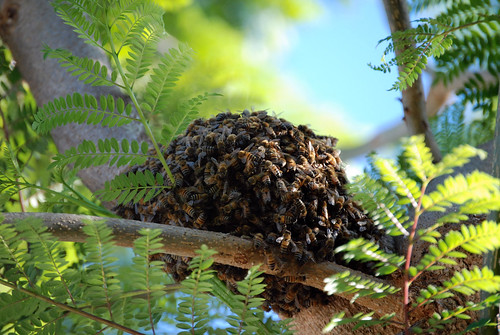When it comes to bugs and pesticides, more and more people are looking for natural products that are safer for their health as well as the environment. One of the biggest natural pesticides that is becoming more and more popular is diatomaceous earth.
What is diatomaceous earth?
Diatomaceous earth is a natural rock that is extremely soft. Because of its soft density, it can easily be broken down into a white powder. When the powder is broken down, it has a very abrasive feel.
What is it used for?
There are many uses for diatomaceous earth. It is used in many plastics, toothpastes, cat litter and even in dynamite. It’s also extremely heat-resistant, which makes it very popular for use as a thermal insulator. Today, it is also an extremely popular form of pesticide.
How does diatomaceous earth work as a pesticide?
Diatomaceous earth is extremely useful as an absorbent. The powder of the diatomaceous earth is used to remove the water and other liquids from the body of the insects, forcing them to die of dehydration.
They also have an effect on insects with exoskeletons, such as fleas and bedbugs. Due to their abrasive nature, the powder gets in between the skeleton of these bugs and cuts them up. Every time the insect moves, the particles in the diatomaceous earth act like tiny razor blades and cut the insect until it eventually dies.
Why should I use diatomaceous earth?
The main reason that you should use this product is because it’s natural, so it will not have any lingering effects on the environment. Plus, since it’s a natural product, nobody is using additional resources in order to create or manufacture it.
Another reason to use diatomaceous earth is because it’s safe for mammals. Humans and other mammals can digest and touch the product without experiencing any harm. This means that you can easily apply this to your garden and not have to worry about ingesting it with your food. Many farmers add this to their crops to keep bugs off of their grains and other foods. Plus, since it won’t affect mammals, you don’t have to worry about it having a negative effect on your household pets. If they were to consume the product, they will not suffer any health conditions.
Many farmers have also claimed that diatomaceous earth can help cure their animals of worms in a natural way. The diatomaceous earth will cause the worms to die, but it will not hurt the mammal that the worms are inside. Farmers also use the product to keep fleas away from their farm animals.
Are there any downsides?
The only complaint that some people have with diatomaceous earth is that it’s not a bait, meaning that you cannot simply put a pile of it around your home and expect the bugs to be attracted to it. Instead, the bugs have to come across it on their own, meaning that it may take a little bit for the product to work. If you want to cure your infestation of bugs immediately, you may want to choose something else, but if you’re okay with waiting for the product to kick in, then diatomaceous earth is a great choice.
Miranda Smith writes for Rose, Rose is a great option for those needing Chicago commercial exterminators services.

